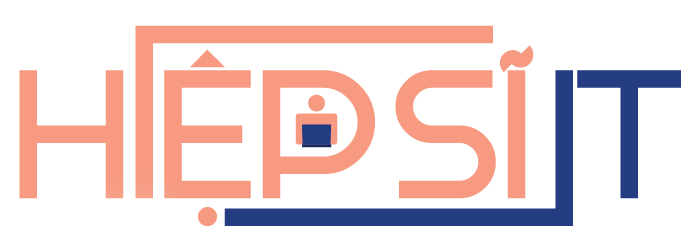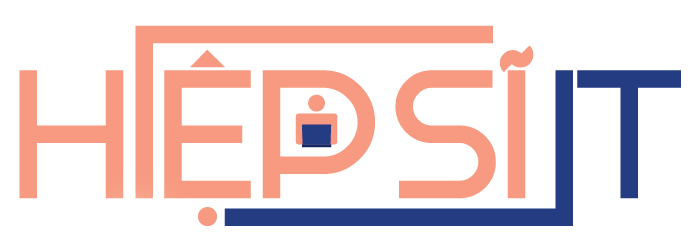It is environmentally friendly and affordable to develop food flags that appear fancy without using their supplies in vain. No matter the event, such as a restaurant opening, a party, or a promotional event, it is always a good idea to save on materials but maximize the visuals. Creation of custom food flags
that use less material, including constituting or choosing the appropriate size, the type of paper, the print method, and the mounting method.
You can save money by using very minimal but strong materials to make the product in a minimal way that does not tamper with beauty. This planning will also reduce wastage and go with the idea of being environmentally friendly. So, it is time to get into a specific process of creating effective food flags while consuming fewer resources.
Start With the Right Size and Shape
A simple method that could help cut the consumption of material is through using smaller sizes of flags. This is not a loss in visibility, but it is optimization in those dimensions that continue to serve the purpose. As an example, food flags for sale applied to identify or mark dishes are not supposed to be large to impress someone.
Shapes that promote no unnecessary wastage in the die-cutting process are also resourceful, such as blueprints using shapes like rectangles or triangles. You may also test out the two-sided designs to make the best use of space on the message without having to consume more paper.
Choose Lightweight Paper
It is also advisable that, rather than buying a heavy stock, you should use lighter but firm-made types of paper to conserve space and money. Brand professionalism does not require the paper to be too thick to express it. Toothpick food flags are often made of paper, of which there are recycled paper and green or eco-friendly paper material choices, making you more green in your efforts.
Such lightweight materials are easy to cut and print on, and they also save weight on shipping and shipping expenses. A simple paper with a minimalistic design can also enhance the presentation, at least when combined with good printing techniques and the use of colors.
Focus on Minimalist, Clear Printing
Not everything that is seen as visually clear has to be complexly designed. Quite on the contrary, minimalism works to your advantage when applied with reduced technologies. Use a heavy font, few colors, and short messages. In case of mini food flags, a small logo or symbol will also do as long as it is positioned well.
Make your print meaningful. Utilize both sides to get the full effect, yet without increasing the size. Minimal and simplified graphics consume less ink, economize on materials, and it is simple to reproduce in large quantities.
Use Smart Mounting Techniques
An imaginative method of economising on the material is the reconsideration of the method of affixing the flag to the stick. Using the party food flags, you can also use the flag papers by folding them lengthwise and fastening them together using an adhesive, and not wrapping or gluing large areas. This lessens the electricity and paper consumption and provides a formal appearance.
They are compatible with adhesive-based flags, and they minimise the usage of additional elements. Adhesive corners or perforated edges also simplify the assembly process, so that not a lot of time is spent and much material is wasted.
Go Digital for Prototyping and Testing
Digitally mock up your flags before mass production to test design influence, positioning, and size. This will minimize physical errors and sample wastage. Companies that printed food flags can review the designs and make adjustments virtually, and will not have to print an assortment of trial run food flags.
The digital mock-ups are flexible, and testing of layout, spacing, and material can be done easily. After accepting the final designs, they are able to be printed en masse, confident that they are not wasting resources.
Customize Thoughtfully for Unique Appeal
Individuality is not based on overdoing things. By planning it, it is possible to come up with special and minimal designs that can adhere to certain themes or occasions. As an example, Kraft paper and monochrome prints are very effective when displaying food flags in the market.
In the same way, wedding or party personalised food flags may just give initials or a basic symbol instead of their full names and dates, and this saves much space. Make your design flexible but considerate, providing the clients with alternatives that are resource-saving and that are appealing.
Use Pre-Measured Materials and Stickers
The other method of cutting down on waste is to use ready-cut stickers or labels to design flags. These can easily be used on normal picks and remove additional adhesives. In making Wax wrapping papers, you may want to consider the use of sticker flags, which are neatly wrapped back and forth around the stick ends.
Weigh also what quantity of material each unit will require. Optimal cutting designs and continuous batching snips minimize the mistakes and remainders. When carefully measured, your bespoke toothpicks manufacturing is lean and sustainable.
Conclusion
Use of reduced materials in the manufacturing process of custom food flags is a smart and contemporary method that is consistent with the goals of cost-effective production plus green consciousness. By paying attention to size and shape, paper selection, printing, and intelligent assembly, you can generate impressively visually effective flags using little waste.
It does not matter whether it is commercial branding or a personal occasion; it should be more of creating maximum impact with minimum consumption. Such minor changes as re-used paper, computer-based prototyping, and streamlined design have long-term payoffs.


